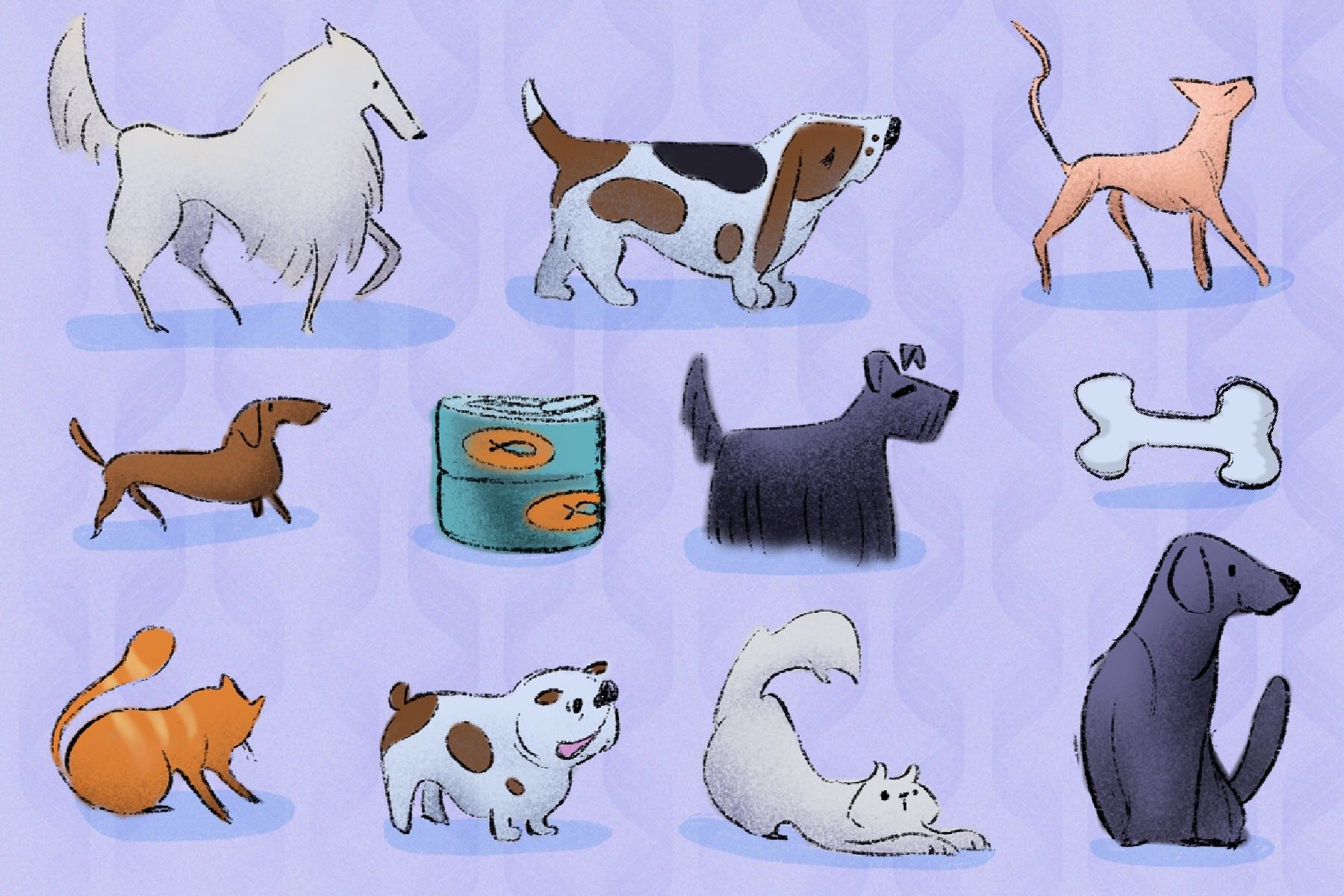The general public has many misconceptions about animal shelters, and there are a few important distinctions you should know about animal welfare in shelters before welcoming a new member into your family.
Here is the most important information to know before you start looking for a pet.
1. The Difference Between a High-Kill Shelter and a No-Kill Shelter
A largely debated topic among animal lovers is which kind of shelter is the most humane — a “kill” or “no-kill” shelter. Though most pet owners have chosen a side, there isn’t a clear winner in the debate, because, despite the stark differences between the two general classifications, every animal shelter operates differently.
A high-kill shelter, otherwise known as an “open admission” shelter, takes in every animal brought to their door. This means that unfortunately, in many cases, euthanasia decisions are made based on space. If an animal has occupied the shelter for a certain amount of time, they will be euthanized in order to make room for another.
No-kill shelters, on the other hand, do not euthanize for space-related purposes. However, a shelter can euthanize up to 10 percent of their animals due to medical or behavioral issues and still be classified as “no-kill.” This means that their release rate must be 90 percent or higher. It also means, for some shelters, that they are unable to take in as many animals in the community.
There are a few opportunities that can help no-kill animal shelters with this admission problem. Having connections with other shelters and smaller rescue organizations is helpful, so that animals can be sent to groups that specialize in saving and adopting out specific breeds. This allows for more space in the shelter, especially in the kennels, which is often the most limited section.
2. Please Spay/Neuter Your Pets
Spaying and neutering your pets is something helpful you can do for your pet and community. For female pets, it eliminates stress and pain from heat periods, eliminates the risk of uterine cancer and reduces the risk of mammary cancer.
For males, it greatly helps with aggression issues, prevents roaming and fighting, prevents testicular cancer and reduces the risk of prostate cancer. For all animals, it reduces the risk of contracting deadly, contagious diseases spread through bodily fluids, like feline AIDS and leukemia.
Spaying and neutering also prevents thousands of animals from being born. Just one female dog and her offspring can produce 67,000 new animals in only six years, and one female cat and her offspring can produce 370,000 in seven years. Many of these offspring will be born only to struggle, living on the streets, staying with abusive and neglectful owners or will be euthanized in a shelter due to overcrowding.
In addition, millions of taxpayer dollars are spent annually to help cities and towns cope with overpopulation, and this situation is easily preventable. Read about some other reasons to spay and neuter here.
3. Shelters Are Stressful for Most Animals
While some animals remain somewhat unbothered by the conditions of a shelter, most suffer from shelter stress. This anxiety could be related to their small confinements, the loud noises of other animals or an overall lack of attention. Whatever the cause, the stress of being kept in a cage or kennel for days, weeks or months takes a toll on a happy animal’s personality. They can become withdrawn and depressed, hyper-energetic, loud, quiet, aggressive and more.
This is why many animal shelters have meet-and-greet rooms for smaller animals to show their true colors and often let potential adopters walk dogs to see how they behave away from their stressor. If the shelter staff tells you some information about the animal that doesn’t seem to match the behavior you’re seeing, make sure to ask if the information is based on the previous owner or a foster home.
4. #AdoptDontShop
Whether an animal shelter has a 90 percent release rate or not, it definitely struggles with overcrowding, and the majority of the problem is because of large-scale breeding.
If you buy a dog from a pet store, online seller or flea market, it most likely came from a puppy mill, which is a dog-breeding factory that profits off of poor animal welfare. Mothers are often kept isolated in cages for years, with their sole purpose being to breed, and their offspring don’t receive proper medical or behavioral care — and when mothers or puppies get too sick or worn out, they are killed.
Unfortunately, there aren’t any laws that regulate animal breeding; therefore, as long as factories keep profiting off of pet stores and online sites, they won’t change or stop their actions.
In addition, when buying a dog that comes from a mill, any medical procedures or vaccines, including spay and neuter, have usually not been issued. When adopting an animal from a shelter, however, the adoption fee most likely covers spay/neuter, vaccines, any medical care that needs doing (dental work, flea and worm treatment, general tests, etc.) and sometimes microchipping.
Overall, adoption is the more economical and ethical option. If you’re searching for the newest fluffy member of your family, consider visiting your local animal shelter before turning to other sources. The animals will be forever grateful that you opened up your heart and home to them.
















